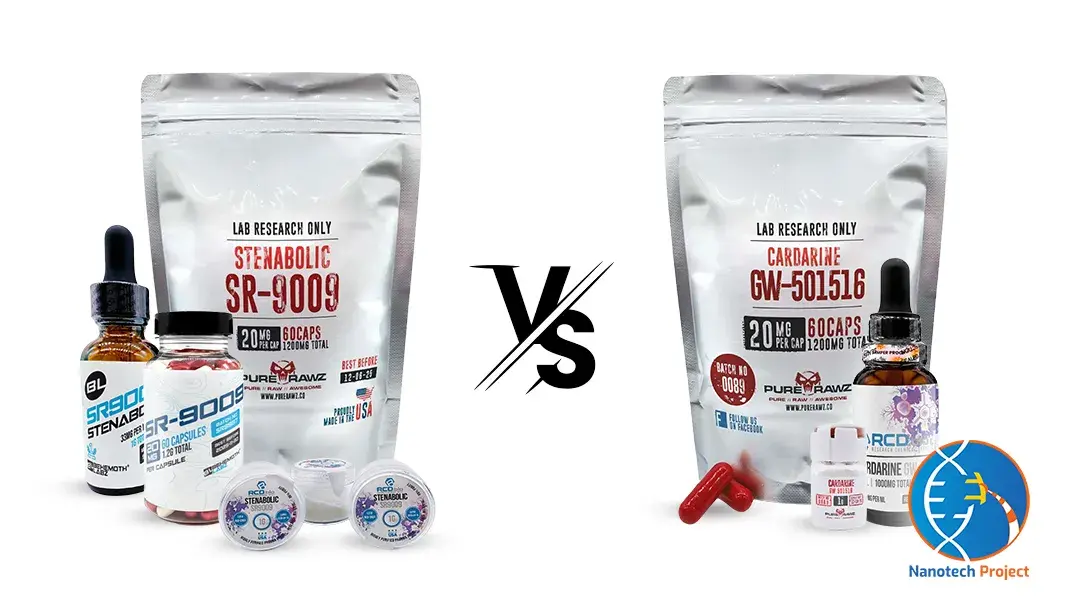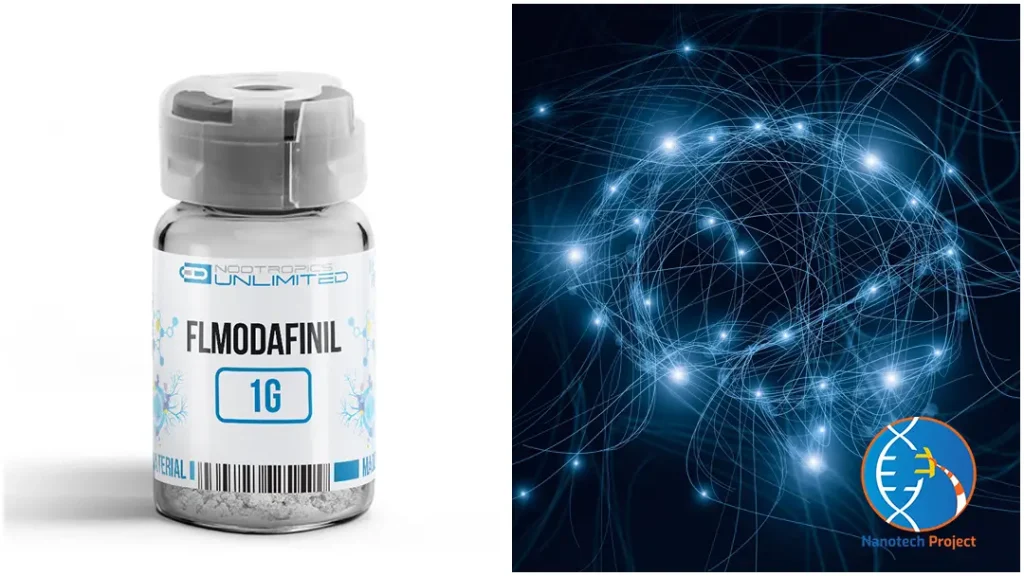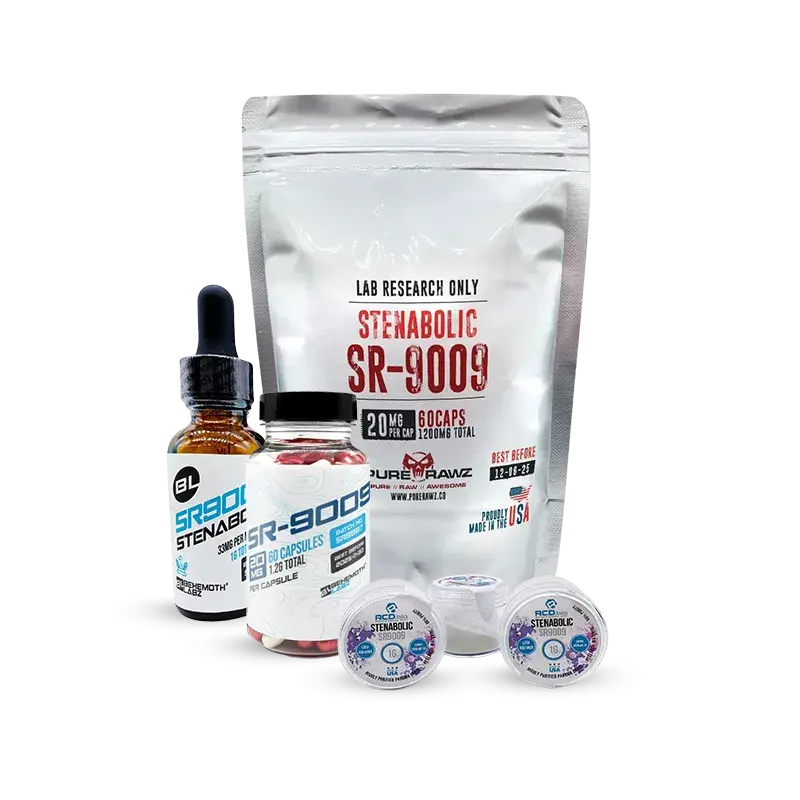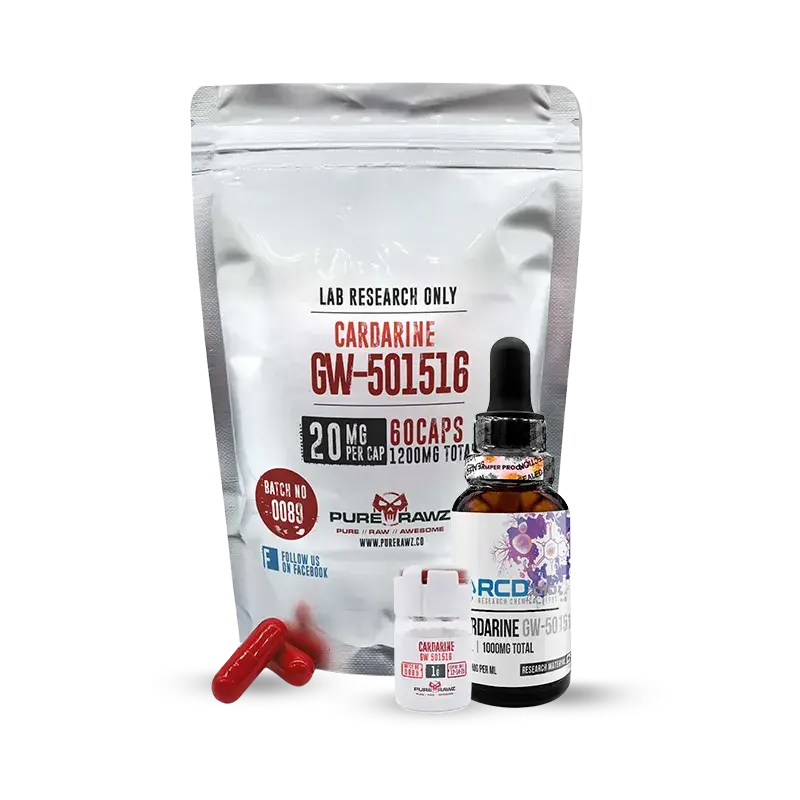Although Stenabolic and Cardarine share similarities, they are two different compounds. Stenabolic is a Rev-Erbα agonist, whereas Cardarine is a PPARδ agonist. They have different mechanisms of action, primary focus, and structure.
Let’s discuss in detail what Cardarine and Stenabolic compounds are, their mechanisms of action, and key similarities and differences. Read this blog to get an insight into Cardarine and Stenabolic compounds!
What is Stenabolic and How Does It Work?
Stenabolic is also known as SR9009. It is often linked with SARMs, but it is not a SARM. It is a Rev-Erbα agonist. Rev-Erbα is a nuclear receptor. It binds with this protein and promotes its activity in the body. This results in an increase in mitochondrial count, which promotes endurance and strength.
Similarly, Stenabolic also binds with fat cells in the liver, which stops further production of fat cells. This reduces the fat accumulation in the body, leading to effective weight management. Moreover, it also preserves muscle mass and improves the skeletal health of users.
What is Cardarine and How Does It Work?
Cardarine is a synthetic compound, also known as GW501516 or GW1516. It belongs to a class of compounds known as metabolic modulators or peroxisome proliferator-activated receptor δ (PPARδ). It means it changes the body’s metabolic responses or how the body breaks down stored fat. This quality makes Cardarine famous among fitness enthusiasts and health seekers.
Studies suggest it regulates glucose uptake, fat metabolism, skeletal health, blood lipid levels, and physical performance and endurance. These roles are performed by activating PPARδ and AMP-activated protein kinase (AMPK) in the body.

Key Similarities Between Stenabolic and Cardarine
The key similarities between Stenabolic and Cardarine compounds are as follows:
Not True SARMS:
They are often considered SARMs; however, they are not SARMs. Stenabolic is a Rev-Erbα agonist and Cardarine PPARδ agonist. Rev-Erba and PPARδ are nuclear receptors that help regulate metabolic pathways and glucose uptake.
Fat Loss and Metabolic Enhancement:
They are used for fat loss and metabolic enhancement. For fat loss, these compounds enhance fat fat-burning capacity of the body, leading to enhanced metabolism and a gradual push towards fat loss.
Boost Endurance and Stamina:
These compounds also share similar properties, like boosting endurance and stamina. For endurance and stamina, they influence mitochondrial biogenesis, which leads to enhanced ATP production. The enhanced ATP production boosts endurance and provides stamina during exercise and other physical activities.
Oral Use Only:
They also share a property, such as oral use only. It means they are only used orally or through the mouth to the digestive tract. There is no other way, like an injection method, to use it.
Non-Hormonal Compounds:
They are non-hormonal compounds. It means they do not impact the natural level of testosterone, male sexual hormones. Therefore, these compounds do not require post-cycle therapy for regulating testosterone levels.
Not to be Used by Humans:
These compounds are also prohibited for human use. Neither the FDA nor WADA has yet approved them; therefore, they are not allowed to be used for human consumption.
Key Differences Between Stenabolic and Cardarine
The key differences between Stenabolic and Cardarine are as follows:
Mechanism of Action:
Cardarine is Pa PARδ agonist. It means it changes the metabolic pathways in the body. On the other hand, Stenabolic is a Rev-Erbα agonist. It activates the activities of this protein and enhances the endurance and stamina of users.
Primary Focus:
The primary focus of Cardarine is on fat loss and preserving muscle mass. On the other side, Stenabolic focuses on endurance, stamina, and fat oxidation.
Half-Life:
Stenabolic has a very short half-life of up to a few hours. Whereas, Cardarine compound has an extended and a long half-life of up to a day.
Safety Concerns:
Cardarine has raised concerns in long-term studies on animals. It may cause moderate side effects in users. On the other hand, Stenabolic has fewer adverse side effects. And their side effects are mild to moderate.
Scientific Backing:
Cardarine has gone into more extensive research trials; therefore, more data is present on it. On the other hand, Stenabolic has limited research data.
Which One Is Best?
There are no parameters that can identify which one is the best option, as both Cardarine and Stenabolic have different benefits with separate working mechanisms. The best option depends on your goals, objectives, and requirements. To select between them, you need to identify your key goals, check your health condition, and then decide accordingly.
Final Thought
Cardarine and Stenabolic are often linked with SARMs; however, they are not SARMs. Cardarine is a PPARδ agonist, and Stenabolic is a Rev-Erbα agonist. They regulate metabolic pathways, fat oxidation, endurance, and physical performance of users. They share similarities such as endurance, fat loss, and stamina, and differences like separate primary focuses and different mechanisms of action.
References:
- Bianchi, Vittorio Emanuele, and Vittorio Locatelli. “GW501516 (Cardarine): Pharmacological and Clinical Effects.” Genet Mol Med 5.1 (2023): 1-12.
- Turza, Alexandru, et al. “Novel Solid Forms of Cardarine/GW501516 and Their Characterization by X-Ray Diffraction, Thermal, Computational, FTIR, and UV Analysis.” Pharmaceutics 17.2 (2025): 152.
- Kintz, Pascal, et al. “Testing for GW501516 (cardarine) in human hair using LC/MS–MS and confirmation by LC/HRMS.” Drug Testing and Analysis 12.7 (2020): 980-986.
- Force, Air, et al. “SR9009 Review: Stenabolic Dose, Side Effects, Results, & More.”
- Xu, Hang, et al. “SR9009 inhibits lethal prostate cancer subtype 1 by regulating the LXRα/FOXM1 pathway independently of REV-ERBs.” Cell Death & Disease 13.11 (2022): 949.









